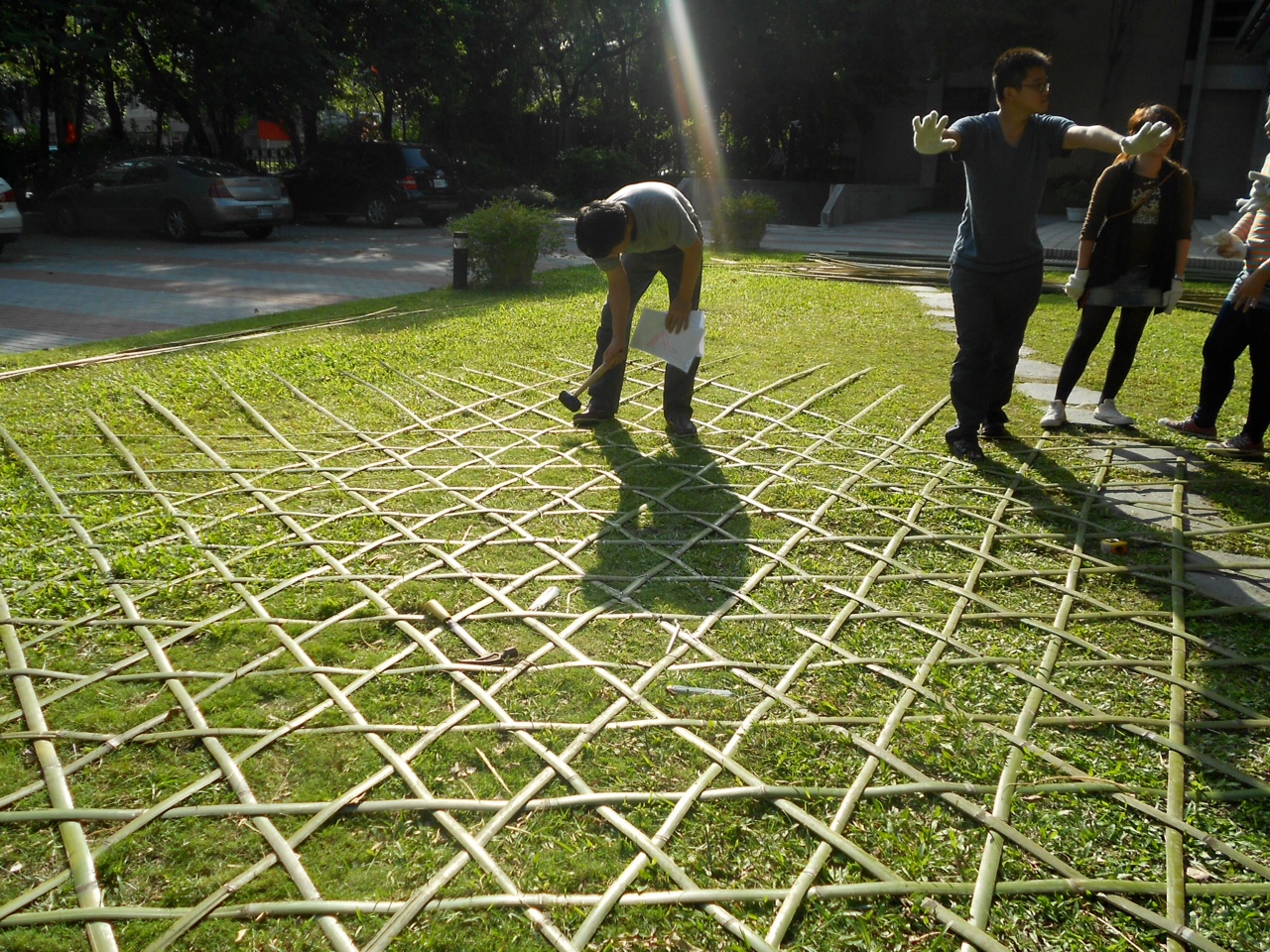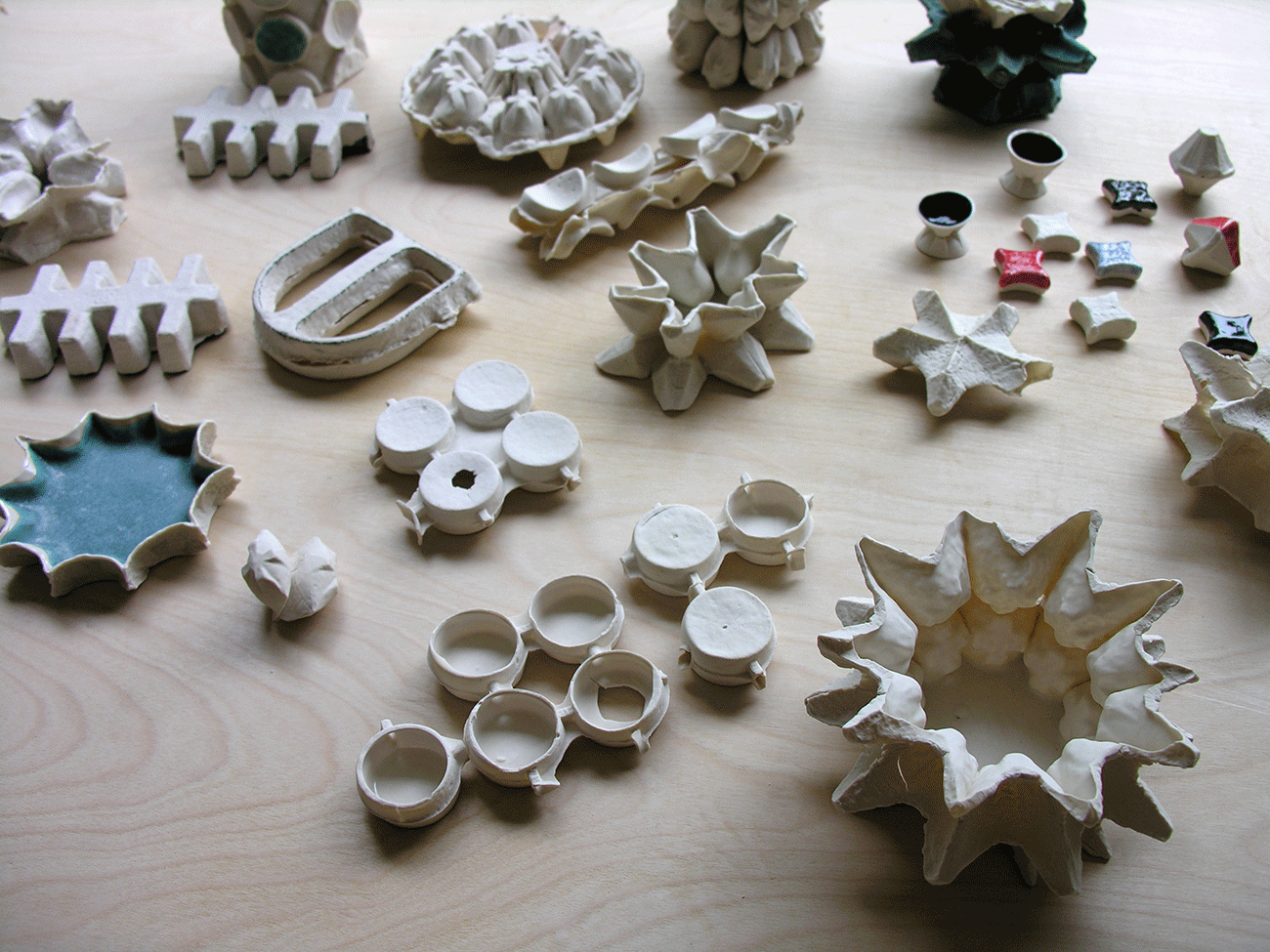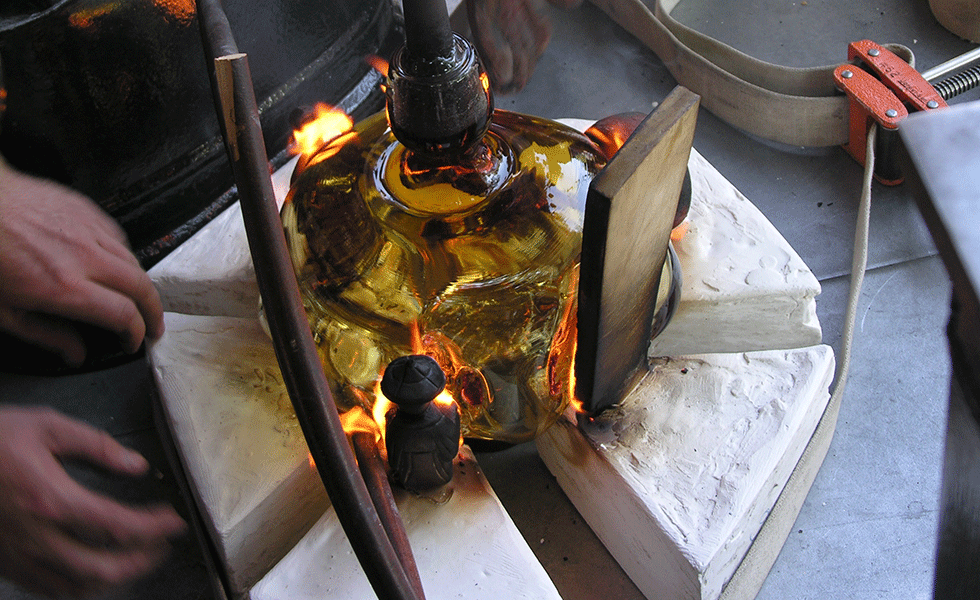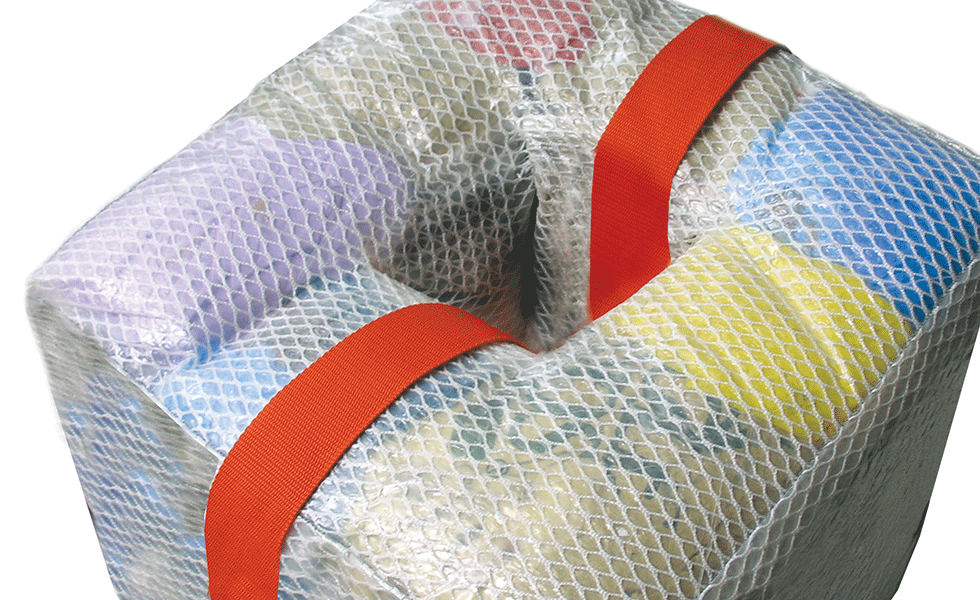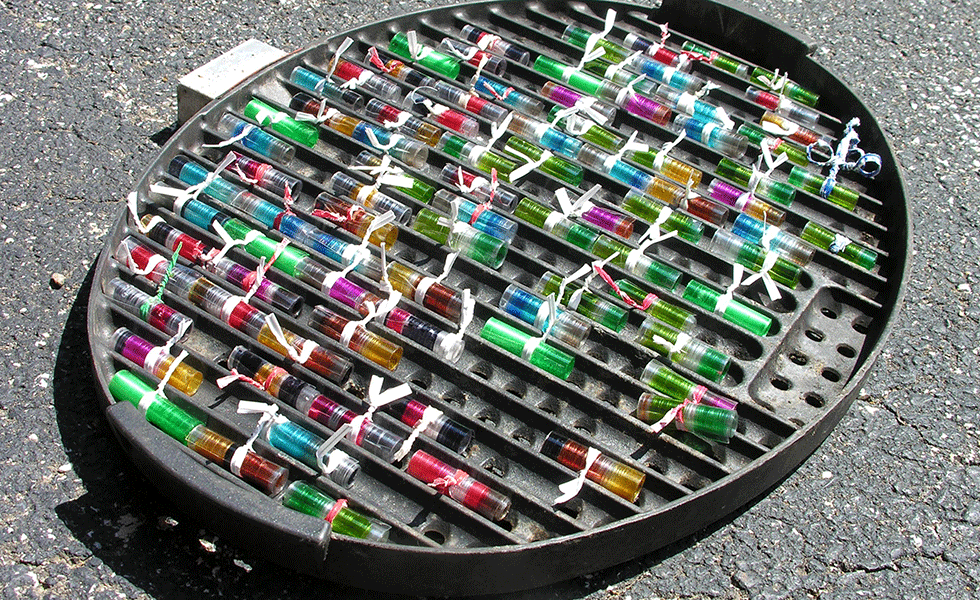Inspired by natural materials and informed by manufacturing technologies of today, these experiments are important part of my design work.
THE GIFTS OF TIME, SPACE, AND ATTENTION
“Paying attention is a form of reciprocity with the living world”
— Robin Wall Kimmerer, the author of Braiding Sweetgrass Indigenous Wisdom, Scientific Knowledge and the Teachings of Plants
As I walk the familiar trail in the park, I try to understand what gifts I can offer to this land. Some things are more visible, like picking up trash, keeping it from wildlife and the stream. Or freeing a tree from the invasive vines that threaten to strangle it. Most invasive plants were cultivated for various purposes but now escaped, wreak havoc on local ecosystems. Foraging for invasive plants and using them for food, medicine, and art, can be one way to give a gift of reciprocity to the land. Any plant reassigned for a new purpose, slows its encroachment on native plants.
My current creative project The Gifts of Time, Space and Attention explores the needs of the land where introduced exotic organisms threaten the biodiversity of the system. Since fall of 2020, my family and I volunteered weekly at Gunpowder Falls State Park, collecting trash, and working on Invasive Japanese Barberry control in an ecologically-sensitive area.
As an artist, I explored introduced invasive berries from many angles including: food, natural dye, medicine, sculpture, fashion, structural design, branding, participatory design, video, and more.
Download PLANT BULLIES filed guide PDF.
Download cooking and making with PLANT BULLIES recipe book PDF.
Gift ideas for the land: Collect seeds of various invasive plants to keep them from dispersing. Each walk = a gift of time for the land.
BADASS Berry
What I learned from barberry. (Berberis thunbergii)
If barberry could write a postcard what would it look like?
Cultivated/ escaped conversations started with me documenting examples of cultivated barberry used for decorative purposes in commercial and residential landscaping. Small pictures in a form of hypothetical postcards were printed on a glossy photo paper and covered with special paints designed to be easily scratched. For the “conversation” between cultivated and escaped barberry, human volunteer will wear the card on their body while on the walk in the wood among escaped barberry. Conversation will happen when sensitive paint layer will get scratched, reveling the image of the cultivated plant. Additional data will be collected about the location/ and date of the initial picture taking and the location/ date / duration of walk. The information will be recorded on the back of each card.


Land needs: manage invasive barberry
We spend 100+ volunteer hours helping the land in one small area of Gunpowder Falls State Park, MD
OVERLOOKED Situated Action
Presented at PDC 2020 in collaboration with performance artist
David Guzman.
This exploration is a body-storming of the invisible world around us that comes from curiosity and awe. What is it to bring our attention to these artifacts and to see them? What if we could really experience a different life form, feel it, make it ours? How will this affect our professional decisions? Would it create a more sustainable world?
In design we often observe and analyze nature to create new and innovative solutions, to express ourselves and our ingenuity. Today, with the experience of social isolation and the new reality of COVID-19, we as designers find ourselves more interested in observing nature for the sake of reflection, experience of the moment, and appreciation.
We hope our interactive installation will inspire you to notice the natural artifacts within your surroundings, and to use your senses to meditate on the strategies they deploy to survive in the world.
Our process is informed by the Biomimicry Institute, asknature.org and Biomimicry Taxonomy. Their methodology suggests using verbs to identify organisms’s strategies and functions. It is also informed by somatic practices of embodiment and dance.
Five short videos will guide you through distinct experiences: Seeds, Mycelium, Spiral Structures, Lichen, and Honeycomb Structures. Be ready to move your body and have some sketching supplies available. As you immerse yourself in one of the experiences, try to connect this to your field of work. What verbs come to you as you study this organism? What systems, structures, and connections can you borrow from it? As you immerse yourself in its form and function, does it change your perspective? What does it teach you?
here you can see one of the videos we produced.

You can find honeycomb structures everywhere; corrugated cardboard, furniture, even airplane wings. From the formation of our bones, the cells of plants and spore surfaces of mushrooms, honeycomb formations provide structure and allow air flow. What can we learn from the porous integrity of honeycombs? How can we create efficient spaces that support the community?
OVERLOOKED
Prototyping ways to integrate design into other disciplines— a year-long collaborative project resulting in gallery installation and programming.
Would you kill a valuable and useful asset that you discovered in your garden or lawn? What about the plants that you pass on a walk? Have you ever noticed the lichen or moss? We consider them beautiful in nature, but what if they appeared on your roof? Some time ago, grass—an artificial lawn—was branded as beautiful and the only way to show that you care about your neighborhood. When will people realize that “weeds,” such as dandelions and plantains, are beautiful and are an asset to the neighborhood?
How do we set a trend that would make people realize that their lawn is a natural treasure trove?
Biomimicry is the human adaptation of nature’s problem-solving abilities. Velcro, inspired by burdock seedpods, and honeycomb structures are the most familiar examples of biomimicry. This installation invites viewers to look at biomimicry in reverse. What would happen if nature could borrow ideas from humans? What if nature could adopt human methods of promotion to make us care for its well-being? Watch a short video about this project here.

OVERLOOKED explores scientific narratives using the tools of design and branding. Participatory, visual, humorous, sculptural, weird, and multisensory, the work on display creates a surreal scenario in which nature borrows human ideas, activities, and environments. Nature’s interconnected cycles meet fashion, luxury, symbolism, iconography, mythology, and play in this exhibition.
BAMBOO WEAVING IN TAIWAN AND BALTIMORE
Bamboo which is not native to US, was introduced as ornamental plant that became highly invasive, and a nuisance to control. With no wildlife that uses it for food, new uses for this material can be found. In 2010 I was lucky to participate in Bamboo workshop conducted as part of the Design Summit in Taipei, Taiwan. I leaned amazing techniques, methods and tool to us on this highly useful plant.
Back in Baltimore, together with my students, we collect this material, experiment with it and learning as much as we can about using this ancient material for future scenarios. Read more on this project here.
FLEXIBLE MOLD CERAMIC
Slip casting ceramic can be a straightforward process. First, a ‘master’ — shape must be fabricated to form a molding of from the original. From the ‘master’ a plaster mold is made which is used to pour liquid ceramic slip into. Being a porous material, plaster absorbs water from the slip creating a hollow form. When plaster mold is open, a ceramic shape is removed, dried and fired in kiln. I spend several month experimenting with pouring liquid slip directly into molds made from found paper pulp objects — egg crate-type packing materials, packing foams, and corrugated cardboard. In my experiments the master and the mold became the same — all fired in the kiln to make one of a kind object. Please see more process images and experiments here.
THE BREAD ZOO
In Test Kitchen for Change, TKFC, I use bread-making as a platform for engaging communities. Based on Slow Design principles, TKFC includes live instructions-performances and educational materials.
In the past few months, TKFC staged events in churches, galleries, communal gardens, corporate offices, private homes, markets and the juvenile detention facility. At these events, public is invited to make bread and learn how someone can engage in slow processes while living fast and busy lives.The Bread Zoo is a collection of containers and tools collected, borrowed, and made in order to educate people about bread, yeast, malt, and wild foods. Visit the TKFC site. Core77award student notable project. Visit core77 award site.
DIGITAL FABRICATION
First object I printed on 3D printer was a functional replica of inconspicuous toilet paper holder. Check out more DFAB projects here.
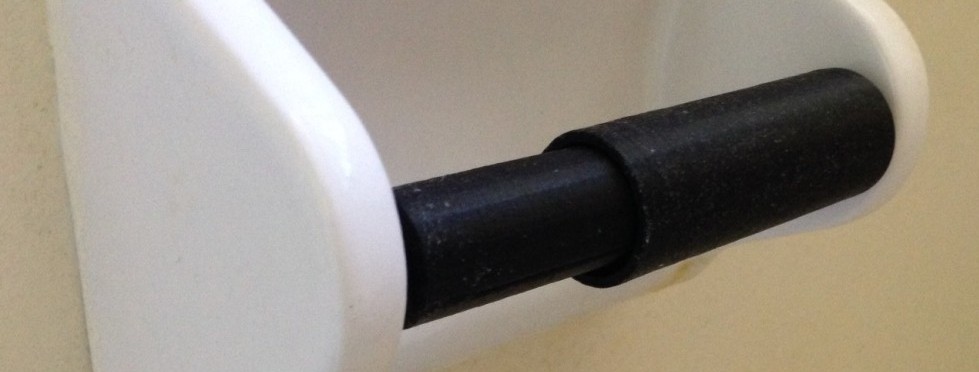
Functional toilet paper holder in corn-based PLA
CORNING GLASS LAB
When I was invited to submit a design proposal to be produced in front of the visitors at public glass-blowing event, I thought about visual effects of the fire on stage. Traditionally mold for glass-blowing is made of metal or sometimes plaster and wood. More here
DESIGNING WITH SCENARIOS
The technique “Designing with Scenarios” allows visualization of situations and behaviors and is widely-used tool for designers.
Rather than focusing on the potential design intervention or a “solution”, scenario shows people as actors. That approach affords the view of the larger situation and leads to better design interventions. John Thackara’s book In the Bubble: Designing in the Complex World talks about sustainable systems rather than just green materials. Thackara talks about using scenarios where designers start the design process by envisioning situations and focus on human behaviors rather than artifacts. He also said that designers should “design people in and not out” of the design process. Read more about designing with scenarios here.
FILL IT FURNITURE
Fill it system is made by the consumers from their own refuse. It comes as a “skin” similar to the inflatables, but filled with mixed plastics instead of air. It consists of small “receptacles” that could be placed next to the trash can. Filled with small plastic stuff that otherwise would end up on a landfill, those units create a honeycomb structure that helps to keep the shape when units are assembled into furniture modules.Truly Yours [true re use] Honorable mention Designboom Rethink & Reuse competition. Read more about this project here or visit the project site.
SUN BAKED PETE (soda bottles) EXPERIMENTS
Started as a project to help a small community in Sossego, rural Brazil, where a non-profit organization enlisted designers, social workers, and organic farmers to help the indigenous people establish a sustainable community. Creating saleable crafts and designs from materials that are available to them, while cleaning the environment, is an important way to generate income and raise self-esteem for most women of the community. More about this project. here
